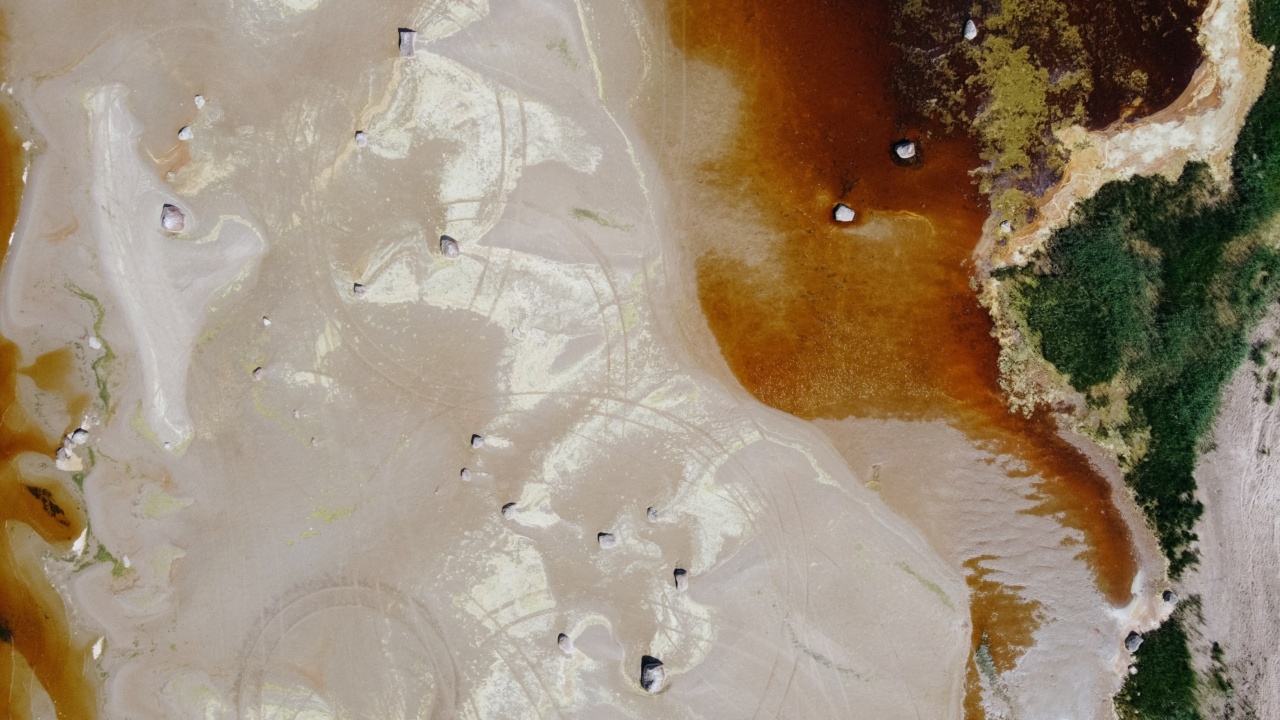Climate is a term used to describe the weather patterns of a particular area over an extended period. Many factors such as temperature, wind, precipitation, and atmospheric pressure, influence climate.
Climate change is a more recent phenomenon, and it is impacting the world in many ways. It produces dramatic and long-lasting changes in the earth’s climate, causing significant economic, social, and environmental impacts. Therefore, it is vital for everyone to recognize when they are entering a different climate.
What is climate change?
Climate change refers to long-term changes in the earth’s climate such as temperature, precipitation, and sea levels.
These changes are primarily caused by the increased emission of greenhouse gases (GHG) such as carbon dioxide, methane, and nitrous oxide, which trap the sun’s heat in the earth’s atmosphere. This causes the earth to warm up, which then changes weather patterns. Research shows that climate change is leading to a warmer, increasingly stormy, and wetter world.
How to recognize that you’re entering a different climate?
It’s critical to recognize the signs of changing weather patterns so that we can adapt to the new climate. Here are some ways to recognize that you’re entering a different climate:.
1. Increased Temperature
One of the most visible signs of climate change is a significant increase in temperature. This will be most noticeable during the summer months, but there will also be an increase in temperature throughout the year.
Pay attention to whether your local weather reports have more record-breaking high temperatures than in previous years.
2. Changes in Precipitation
The amount and type of precipitation such as rain, snow, etc., will change with climate change. You might experience droughts, floods, and more intense storms.
Keep an eye on rainfall patterns, particularly if you live in an area that experiences seasonal rainfall. Droughts may lead to water scarcity for farming, drinking and household use.
3. Sea Level Rise
Rising sea levels are a direct result of climate change. The rise of the water levels may be slow but significant, and it might depend on factors like the location of the coast. Check for coastal warnings if you’re living near the sea.
You might consider moving further inland or raising your home’s foundation to protect it from flooding and storm surges.
4. Changes in Growth Patterns of Plants and Trees
Climate change might affect the timing and growth patterns of plants and trees in many locations. This may lead to earlier or later flowering times, changes in leaf shedding, and in some cases, the death of specific species.
Take note of the date when trees in your area start blooming or losing leaves and their vitality during each season and environmental impact it can create.
5. Extreme Weather Conditions
Changes in weather patterns are one of the most noticeable impacts of climate change. You might experience extended periods of drought, intense heatwaves, hurricanes, heavy rainfall, and floods.
If you experience prolonged periods of abnormally high or low temperatures, this could be an indication of climatic changes.
6. Changes in Nature of the Ground
In areas that have been directly affected by climate change for several years, you may notice some changes in the soil, vegetation, and nearby water sources.
Keep an eye out for signs of soil erosion and plant die-offs, which may indicate more extended droughts and water scarcity. Observing changes in your environment is one of the most crucial steps to predict what is next.
7. Unusual Activity of Wildlife
Changes within the natural food chain due to climatic changes could affect wildlife food sources and lead to different migrations by animals.
If you see unusual migration or behavior of wildlife that is not usually found in your location may be a result of changing weather patterns.
8. Lingering smog
Smog, which is the worsening of air pollution, may occur when weather patterns have been altered by climate change.
If you notice that the smog has been lingering longer than usual or has a distinct chemical smell, it may be a sign that your air quality is deteriorating, and your environment is being more affected by climate change.
9. Water Scarcity
Climate change can bring with it dramatic changes in natural water sources. There might be noticeable shortages or changes in your local water supply.
If water sources begin to dry up, this could lead to increased water scarcity and increased risk of waterborne illnesses.
10. Increased Frequency of Ice melting
When the world is facing a climate crisis, glaciers, and ice-capped areas start melting. In areas that usually have icecapped rivers and lakes, melting will lead to flooded water sources, landslides, lands sinking, and so on.
This process will affect local wildlife, the possibility of tourism, and traditional ways of life for many societies.
Conclusion
Climate change is dramatically changing our world, and it’s essential to recognize the signs early on to adapt to the new environment.
Some of the most visible indicators of climate change include increased temperatures, changes in precipitation, sea level rise, changes in plant and animal activity, and extreme weather conditions. Keeping an eye on these signs should aid in helping communities to take actions that will protect them from the effects of climate change.































